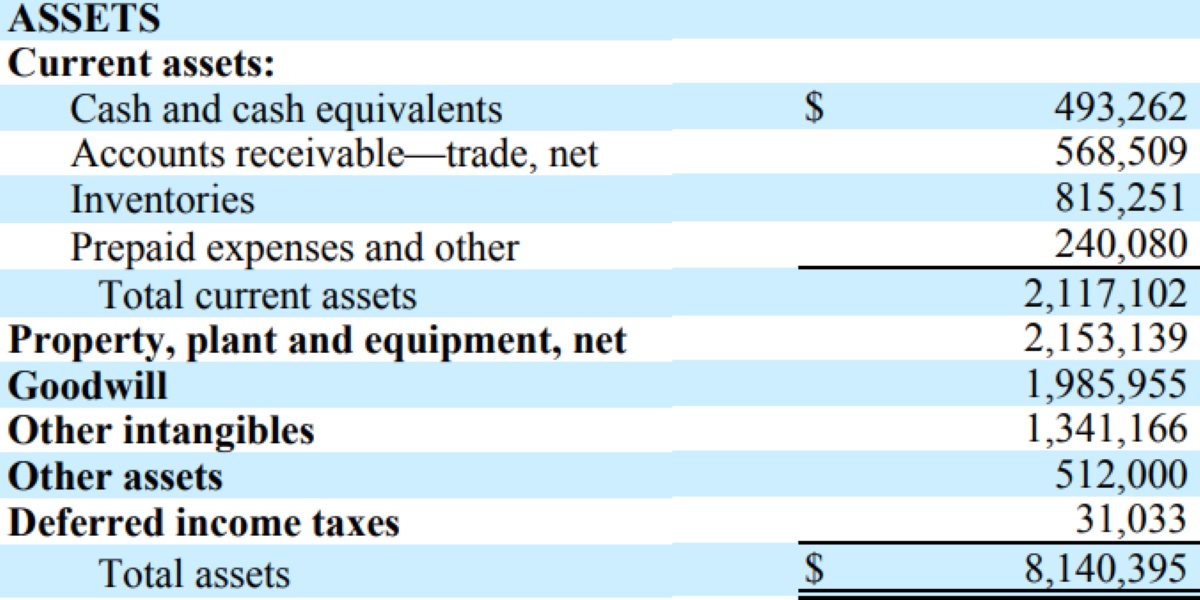

Finance
Acidizing Definition
Modified: October 10, 2023
Learn the definition and importance of acidizing in the finance industry. Gain insights into the benefits and applications of this process for financial institutions.
(Many of the links in this article redirect to a specific reviewed product. Your purchase of these products through affiliate links helps to generate commission for LiveWell, at no extra cost. Learn more)
“`html
Understanding Acidizing: A Key Aspect of Finance
In the world of finance, there are many terms and concepts that can seem complex and intimidating at first. One such term is acidizing, which plays a crucial role in various financial strategies and investments. In this blog post, we will delve into the definition and importance of acidizing in the finance industry, breaking it down in a way that is easy to understand and digest.
Key Takeaways:
- Acidizing is a process used in the finance industry to optimize investment portfolios and maximize returns.
- It involves analyzing and adjusting the composition of assets to mitigate risk and enhance profitability.
So, what exactly is acidizing in the context of finance? Acidizing is a term used to describe the systematic process of analyzing and optimizing investment portfolios to achieve the desired financial outcomes. It involves carefully examining the composition of assets, identifying areas of potential risk or underperformance, and making necessary adjustments to mitigate those risks and enhance overall profitability.
Why is acidizing important in finance? Acidizing is crucial in the finance industry because it allows investors and financial professionals to actively manage their portfolios and adapt to changing market conditions. By continuously analyzing and refining their investment strategies, individuals and organizations can capitalize on opportunities, minimize losses, and maximize returns.
Now that we understand the significance of acidizing, let’s explore some key practices and strategies associated with this process:
- Portfolio diversification: Acidizing involves diversifying a portfolio by spreading investments across different asset classes, sectors, and geographies. This helps reduce the impact of any single investment on the overall portfolio and mitigates risks.
- Asset allocation: Acidizing emphasizes the strategic allocation of assets based on risk tolerance, investment goals, and market conditions. It involves determining the optimal balance of stocks, bonds, cash, and other investments within a portfolio.
- Regular monitoring: Acidizing requires ongoing monitoring of the financial markets, economic indicators, and individual investments. This ensures that portfolios are aligned with market trends and allows for timely adjustments when necessary.
- Rebalancing: Acidizing includes periodic rebalancing of portfolios to maintain the desired asset allocation. This involves selling or buying assets to restore the original distribution, aligning with investment objectives.
By following these acidizing practices, individuals and organizations can effectively manage their investments and adapt to market fluctuations. It enables them to optimize their portfolios, reduce risk exposure, and maximize long-term returns.
In conclusion, acidizing is a crucial aspect of finance that plays a significant role in optimizing investment portfolios and maximizing financial outcomes. By understanding its definition and implementing effective acidizing strategies, individuals and organizations can navigate the complex world of finance with confidence and achieve their desired financial goals.
“`














